Hidden Fastener Metal Roof vs Standing Seam: Which Is Better?
When choosing a metal roof, should you go with a hidden fastener metal roof vs standing seam roof? Both have their advantages and drawbacks. This article breaks down their key differences in terms of durability, cost, and maintenance. You’ll gain insights to help you make the best choice for your home.
Key Takeaways
-
Hidden fastener metal roofs offer a sleek look and enhanced durability by reducing leak risks, while standing seam roofs provide excellent longevity and low maintenance.
-
Both roofing systems have higher initial costs compared to traditional materials, with standing seam roofs being generally more expensive but requiring less long-term upkeep.
-
Aesthetics and environmental impact are key factors in choosing a roofing system, as standing seam roofs favor modern designs and both types are recyclable for sustainability.
Understanding Hidden Fastener Metal Roofs
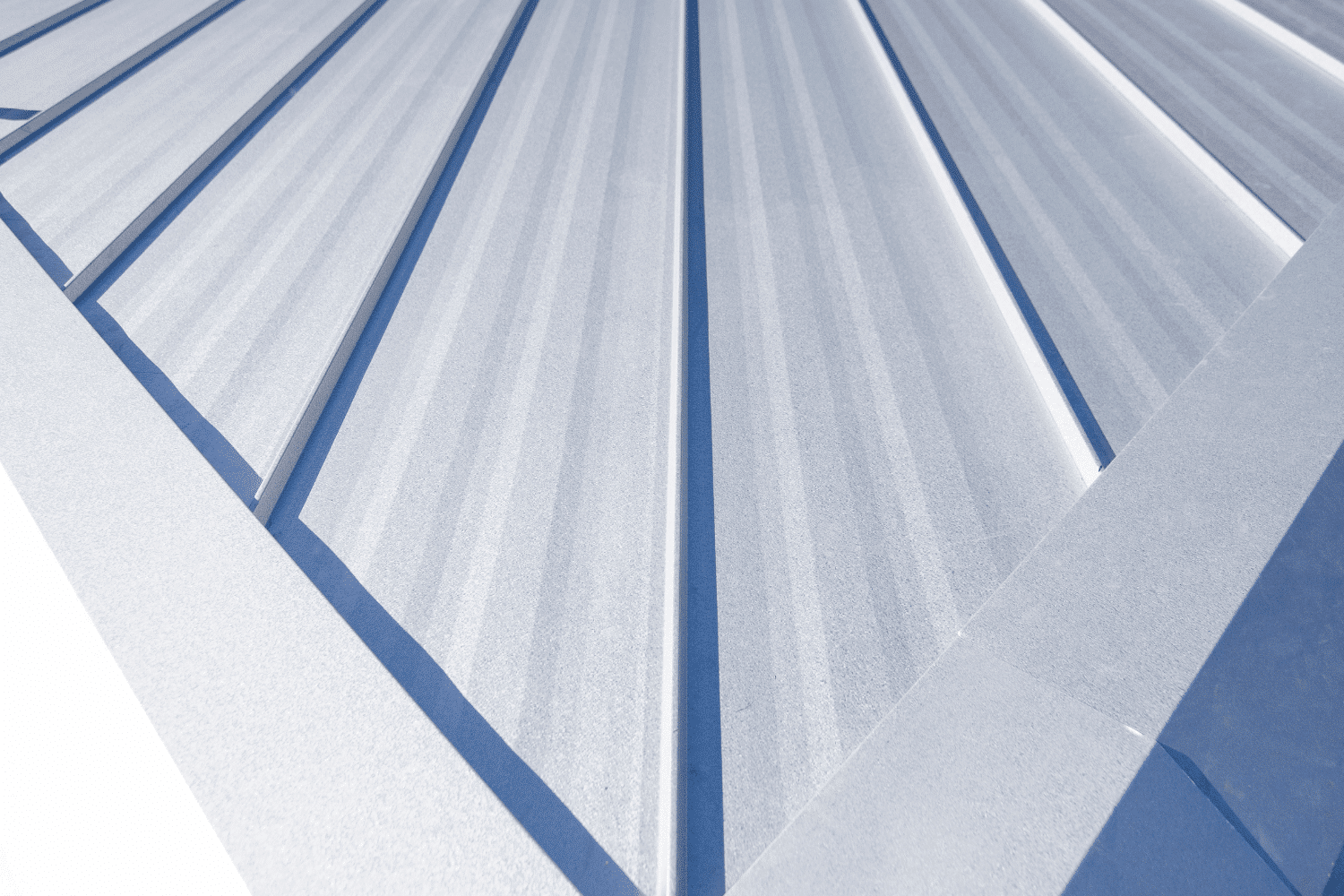
Hidden fastener metal roofs are a type of roofing system that uses concealed clips and fasteners to attach the metal panels, providing a sleek and uninterrupted appearance. This roofing type is favored for its durability in harsh weather and its enhancement of the building’s aesthetics. Hidden fasteners enhance the roof’s durability by eliminating potential leaks through screw holes, a common issue in exposed fastener systems.
Made from high-quality materials like painted aluminum, these roofs not only add visual appeal but also ensure long-term performance. The hidden fastener system is robust against various environmental factors, making it a preferred choice for homes and commercial properties in extreme weather conditions.
Advantages of Hidden Fastener Metal Roofs
The primary advantage of hidden fastener metal roofs lies in their enhanced weather resistance. With no penetrating holes, the risk of leaks is significantly reduced, providing a watertight seal that withstands heavy rains and snow. Manufacturers often offer a weather-tight warranty, highlighting the reliability and durability of these roofs.
The aesthetic appeal and functional benefits make hidden fastener metal roofs an excellent long-term investment.
Disadvantages of Hidden Fastener Metal Roofs
However, hidden fastener metal roofs present certain challenges. One main drawback is their higher initial cost compared to exposed fastener options. Their installation complexity often results in higher labor costs. Repairs can also be more complicated and time-consuming due to the need to disconnect panels to access fasteners.
Despite these challenges, the long-term benefits often justify the initial investment for many homeowners.
What Are Standing Seam Metal Roofs?
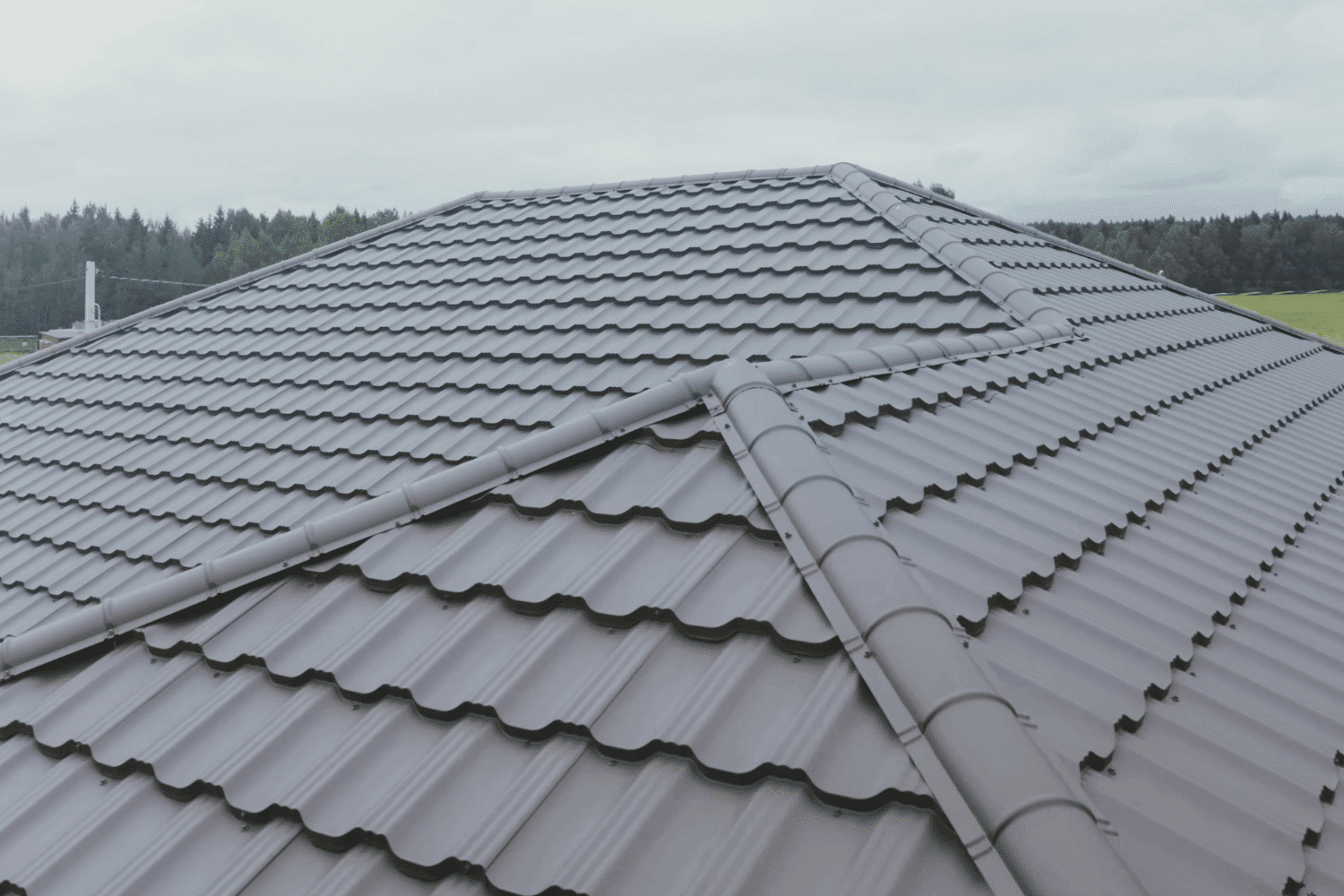
Standing seam metal roofs feature vertical panels with raised seams and concealed fasteners, creating a sleek and modern appearance. Constructed from high-quality materials like painted aluminum, zinc, or copper, these roofs are durable and visually appealing for both residential and commercial buildings. The raised seams add aesthetic appeal and enhance the roof’s ability to shed water and resist leaks.
Standing seam metal roofs are versatile, suitable for various architectural styles from contemporary homes to complex commercial properties. Their adaptability to low-sloped roofs and compatibility with rooftop additions like solar panels make them popular for modern and eco-friendly buildings, especially with a standing seam roof.
This roofing system is favored for its clean lines and ability to enhance a structure’s overall visual appeal.
Benefits of Standing Seam Metal Roofs
Standing seam metal roofs offer numerous benefits. These roofs can last up to 70 years with minimal maintenance. The lack of exposed fasteners reduces leak risks and minimizes the need for regular inspections, making them low-maintenance.
The reflective properties of metal roofing can lead to significant energy savings, with some homeowners reporting up to a 40% reduction in energy bills. These features make standing seam metal roofs attractive for those seeking durability and efficiency.
Drawbacks of Standing Seam Metal Roofs
Despite many advantages, standing seam metal roofs have drawbacks. Their initial investment is higher compared to traditional roofing materials and exposed fastener systems. The installation process requires skilled labor, further increasing project costs.
Finding a qualified contractor can be challenging, and hiring a non-certified professional risks improper installation, leading to costly repairs. The complexity of installation and higher upfront costs are important considerations for homeowners choosing standing seam metal roofs.
Cost Comparison: Hidden Fastener vs. Standing Seam
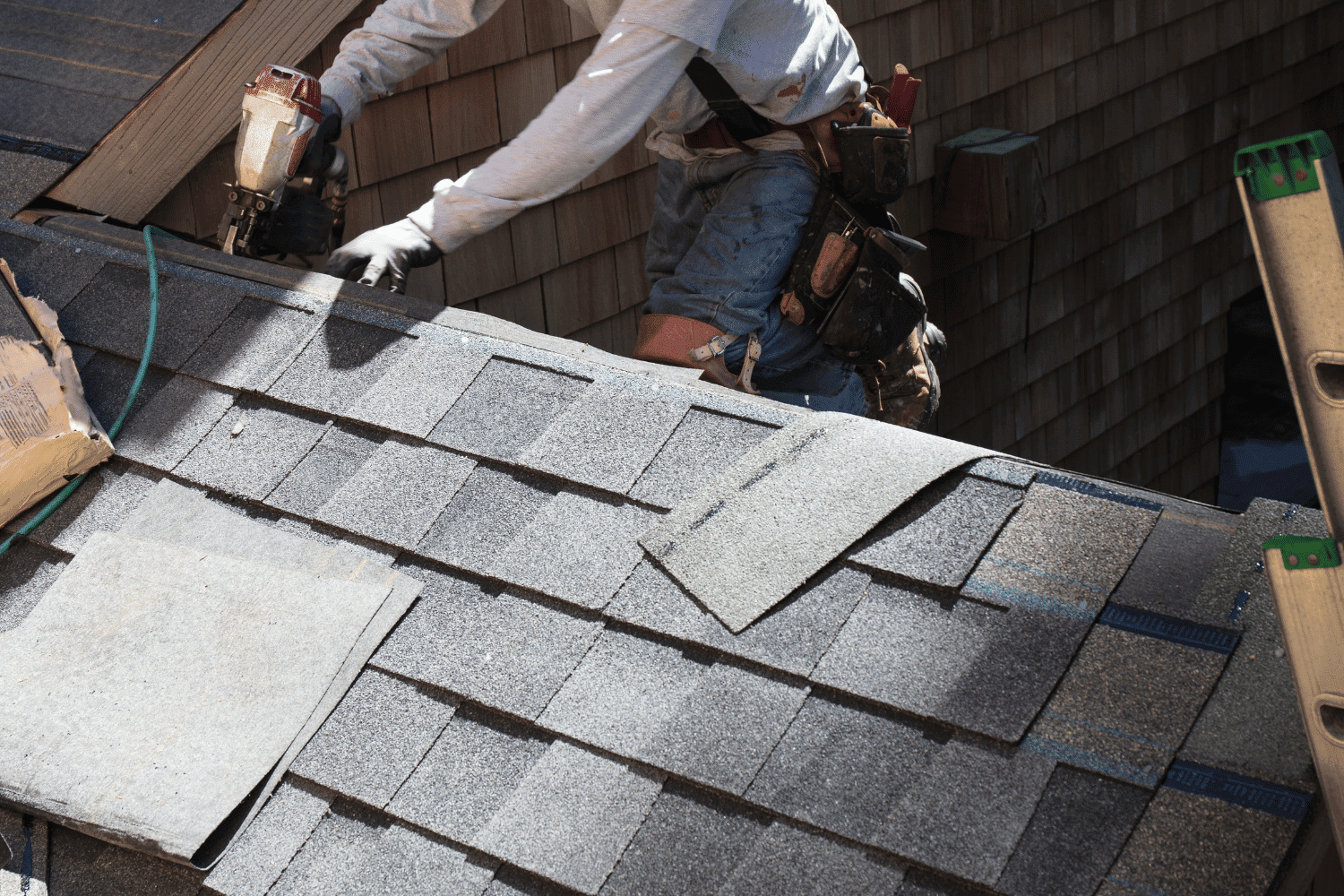
Cost is a critical factor when choosing between hidden fastener and standing seam metal roofs. Understanding the cost implications helps homeowners make informed decisions that align with their budget and long-term goals. Standing seam roofs are generally more expensive but offer significant benefits that can justify the higher initial investment.
Hidden fastener metal roofs might have a lower upfront cost but could incur higher maintenance expenses over time. Weigh the initial installation costs against potential long-term savings and maintenance needs to determine the most cost-effective option.
Initial Installation Costs
Initial installation costs for standing seam roofs typically range from $600 to $1,400 per square, making them a more substantial investment compared to exposed fastener roofs, which usually cost between $4.50 to $5.50 per square foot. The higher cost of standing seam roofs is due to premium materials, additional trim, and specialized labor required for installation. These costs can add up, especially for larger or more complex projects.
Exposed fastener roofs are more budget-friendly with lower material and installation costs. Their affordability is due to wider panels, thinner gauge metal, and lower-quality paint systems.
This simplicity in design and installation makes them attractive for homeowners looking to minimize initial expenses. However, the lower upfront cost may come with trade-offs in durability and long-term performance.
Long-Term Cost Considerations
Long-term, standing seam roofs often prove more economical despite their higher initial investment. They offer better warranties and are less prone to leaks, reducing the need for frequent maintenance and repairs.
Exposed fastener roofs, while cheaper upfront, may incur higher maintenance costs over time due to their susceptibility to leaks and regular inspections and repairs. Homeowners should consider these long-term financial implications when deciding.
Maintenance Requirements
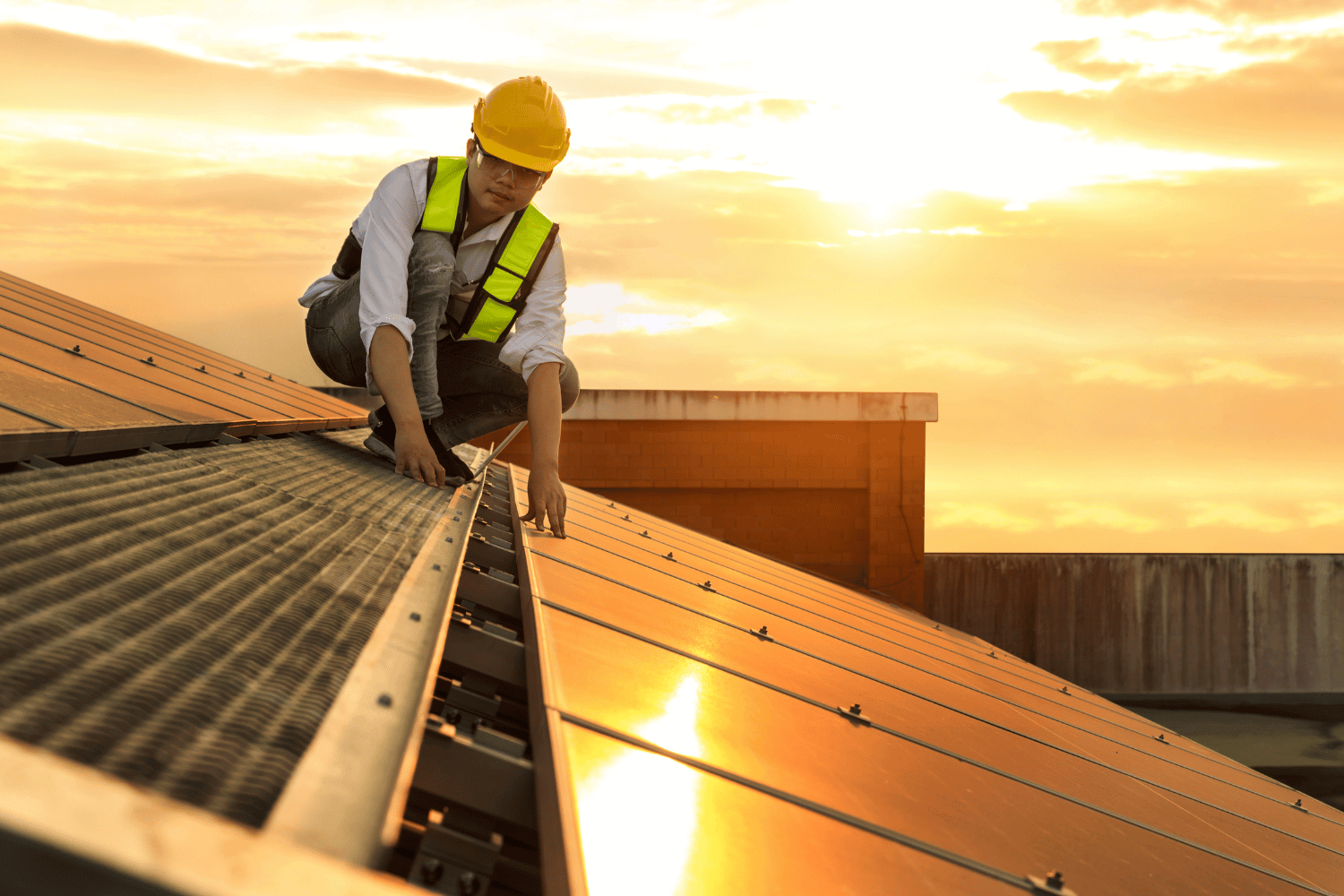
Understanding the maintenance requirements for hidden fastener and standing seam metal roofs can help homeowners plan accordingly. Standing seam roofs generally require less maintenance than hidden fastener roofs, thanks to their design that minimizes fastener exposure and reduces leak likelihood.
Hidden fastener roofs need regular inspections to ensure fastener tightness, check foam closures, remove leaf buildup, and replace any cracked sealant.
Both roof types require debris removal from the surface and gutters to maintain functionality and appearance.
Frequency of Maintenance
Standing seam roofs require minimal maintenance due to their resistance to mold, mildew, and pests. Unlike exposed fastener roofs, they do not need frequent inspections for failing fasteners, reducing maintenance complexity and cost. Regular maintenance extends the lifespan of metal roofs, but standing seam roofs’ design inherently reduces the need for frequent upkeep.
Exposed fastener roofs require more regular maintenance, especially for fastener upkeep and leak prevention.
Common Issues and Repairs
Common issues with hidden fastener metal roofs include:
-
Fastener tightness
-
Foam closures
-
Leaf buildup
-
Cracked sealant
These roofs can suffer from temperature-induced expansion and contraction, leading to noise and affecting screw tightness. Repairs can be more labor-intensive as they require panel disconnection to access concealed fasteners.
Exposed fastener roofs are more prone to leaks due to the high level of penetration from fasteners. This can lead to increased maintenance needs over time, potentially shortening the roof’s lifespan. Regular inspections and timely repairs are essential to mitigate these issues and ensure longevity.
Durability and Lifespan
Durability and lifespan are key considerations when choosing a roofing system. The connection method and metal gauge (thickness) play crucial roles in determining overall durability and longevity. Both hidden fastener and standing seam metal roofs are known for their robustness, though their performance over time differs.
With proper maintenance, hidden fastener metal roofs can last over 50 years, providing significant long-term value. Standing seam roofs typically last longer, often reaching up to 70 years due to superior design and materials.
Resistance to Weather Elements
Standing seam roofs excel in severe weather resistance, offering superior protection against heavy rain, snow, and high winds. Concealed fasteners in hidden fastener roofs provide excellent leak resistance, making them highly resilient during heavy rain.
While both roof types are durable, standing seam roofs might suffer from dents and damage from severe impacts. Proper installation is crucial to maximize weather resistance and longevity.
Longevity
The average lifespan of a metal roof ranges from 40 to 70 years. Standing seam roofs typically outlast hidden fastener roofs due to their design and material quality.
Both roof types can provide decades of reliable service with proper maintenance, but standing seam roofs generally offer the longest lifespan.
Aesthetic Differences
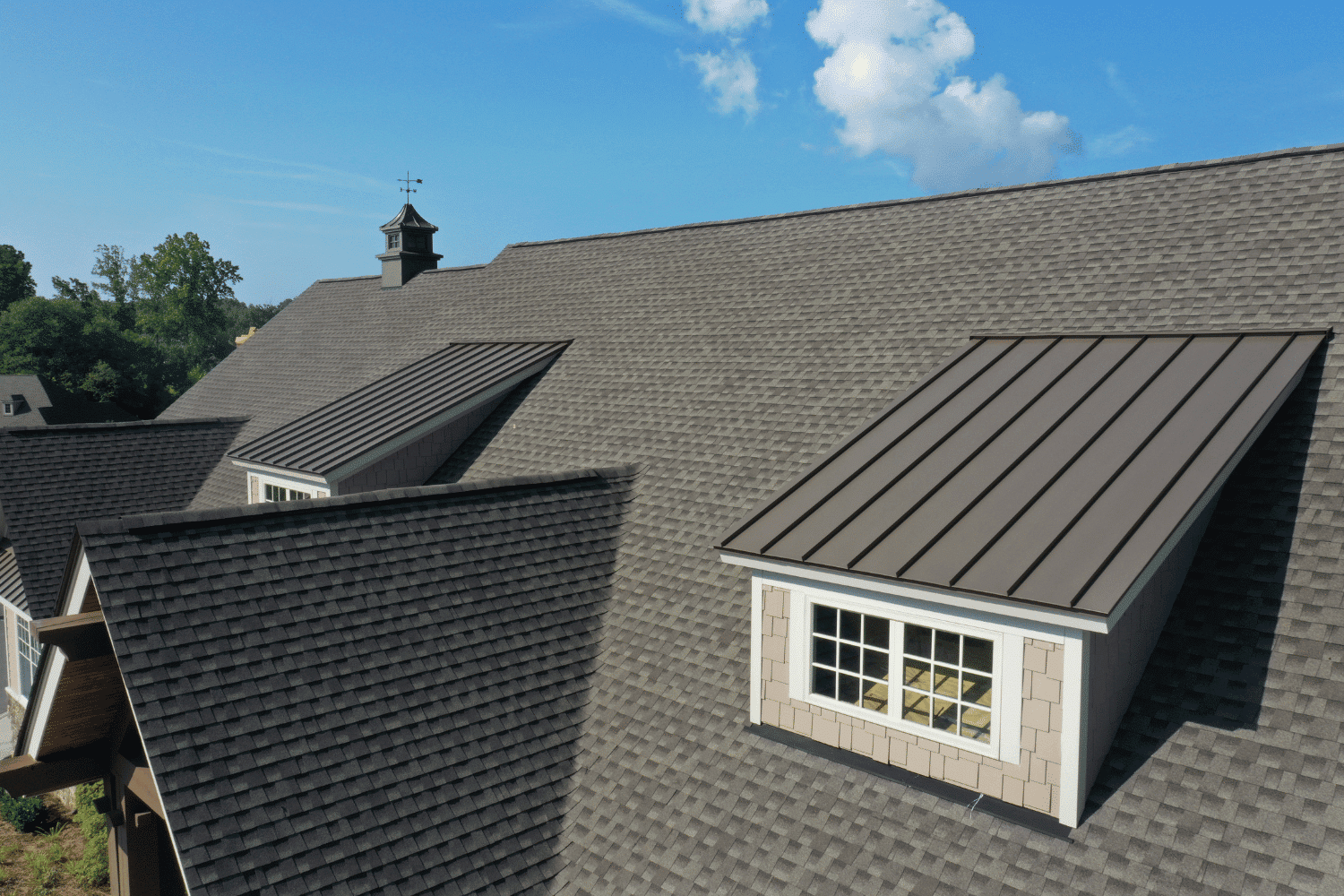
Aesthetics play a significant role in choosing roofing systems. Standing seam roofs are favored for their streamlined appearance, making them popular for modern architectural designs. The raised seams and clean lines enhance the overall attractiveness of the structure, providing a sophisticated and contemporary look.
In contrast, exposed fastener roofs have visible fasteners, which can detract from the sleek look desired in modern designs. However, they are more cost-effective and simpler to install, which may appeal to homeowners looking for a more traditional or industrial aesthetic. An exposed fastener metal roof can provide a unique blend of functionality and style, especially when combined with exposed fastener panels.
Design Options
Standing seam roofs offer a contemporary look that can significantly enhance a home’s exterior appeal. While the color selections for these roofs may be less diverse than those available for asphalt shingles, they do offer a broader selection of custom colors and panel styles compared to exposed fastener systems.
The choice of color and design should align with the overall aesthetic of the home and the homeowner’s personal preferences.
Architectural Compatibility
The architectural compatibility of a roofing system is equally important. Standing seam roofs are commonly used in contemporary and modern designs due to their clean lines and sleek appearance. They are also versatile enough to be used in complex architectural styles, enhancing the visual appeal of the building.
On the other hand, exposed fastener roofing is often used in more traditional or rural settings, aligning well with the aesthetic of agricultural structures and industrial designs, especially when considering exposed fastener metal roofing.
Environmental Impact
The environmental impact of a roofing system is becoming an increasingly important consideration for homeowners. Hidden fastener roofing systems generally have a lower environmental footprint due to reduced material usage and waste during installation. These systems often require fewer fasteners and clips, minimizing the overall environmental impact.
Standing seam roofs also contribute positively to environmental sustainability. Both hidden fastener and standing seam metal roofs are typically made from recyclable materials, making them sustainable options in the roofing market. This recyclability helps in reducing long-term waste and promoting sustainability.
Energy Efficiency
Energy efficiency is a critical factor in choosing a roofing system. Standing seam roofing systems help with energy efficiency by reflecting sunlight and reducing heat retention. This reflective property can lead to lower energy costs, as it reduces the need for air conditioning during hot months.
In contrast, exposed fastener roofing systems tend to absorb more heat, potentially leading to increased energy consumption and higher cooling costs.
Recyclability and Sustainability
Both standing seam and hidden fastener metal roofs are recyclable, enhancing their sustainability and reducing long-term waste. The use of recyclable materials ensures that these roofing systems contribute to environmental conservation and sustainability efforts.
Choosing a metal roof can be an eco-friendly decision, supporting broader environmental goals.
Choosing the Right Roofing System for Your Home
Selecting the right roofing system involves evaluating various factors, including design preferences, durability, maintenance needs, and budget. Standing seam metal roofs are often preferred for their clean lines and sleek appearance, making them suitable for modern architectural styles. However, hidden fastener metal roofs also offer significant benefits, particularly in terms of weather resistance and aesthetics.
It’s essential to consider the maintenance frequency and the willingness to hire professional services before making a decision. The choice between standing seam and exposed fastener roofing depends on specific needs and expectations, including the architectural style of the home and the homeowner’s personal aesthetic preferences.
Budget Considerations
Your budget is a crucial factor when choosing between hidden fastener metal roofs and standing seam metal roofs. While standing seam roofs tend to have higher initial costs, they offer long-term savings due to their durability and minimal maintenance needs.
On the other hand, hidden fastener roofs might be more affordable upfront but could incur higher maintenance costs over time. Balancing the initial investment with long-term benefits is key to making the right choice.
Project Specifics
The specifics of your roofing project, such as the complexity of the roof design and local weather conditions, significantly influence the choice between roofing systems. Metal roofing panels come in various styles, allowing for flexibility in design and aesthetics. Additionally, the complexity of the roof design can affect the ease of installation and overall cost.
Considering these factors will help you choose a roofing system that meets your specific needs and expectations.
Summary
Choosing the right roofing system for your home is a decision that requires careful consideration of various factors, including cost, durability, maintenance, and aesthetics. Hidden fastener metal roofs offer a sleek appearance and excellent weather resistance, making them a durable and visually appealing option. However, they come with higher initial costs and more complex installation requirements.
On the other hand, standing seam metal roofs provide exceptional longevity and minimal maintenance, making them a cost-effective choice in the long run. While they have a higher upfront cost, their durability and energy efficiency can lead to significant savings over time. Ultimately, the right choice depends on your specific needs, budget, and aesthetic preferences.
Frequently Asked Questions
What is the main difference between hidden fastener metal roofs and standing seam metal roofs?
The main difference is in how they’re attached; hidden fastener roofs use concealed clips, while standing seam roofs have raised seams with no visible fasteners. So, if you want a sleek look without exposed hardware, standing seam might be the way to go!
Are standing seam metal roofs more expensive than hidden fastener metal roofs?
Absolutely, standing seam metal roofs tend to be more expensive upfront because they use premium materials and require specialized installation. It’s a worthwhile investment for durability and weather resistance!
Which type of metal roof requires less maintenance?
Standing seam metal roofs require less maintenance because their design minimizes fastener exposure, reducing the risk of leaks. This makes them a smart choice for hassle-free roofing!
How do hidden fastener metal roofs perform in harsh weather conditions?
Hidden fastener metal roofs perform exceptionally well in harsh weather conditions because they have a watertight seal that minimizes leaks during heavy rain and snow. This makes them a reliable choice for protecting your home.
Can both standing seam and hidden fastener metal roofs be recycled?
Absolutely, both standing seam and hidden fastener metal roofs can be recycled since they’re made from recyclable materials, which is great for sustainability!
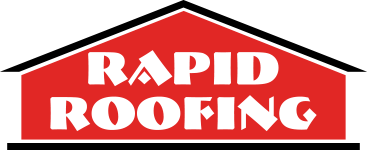
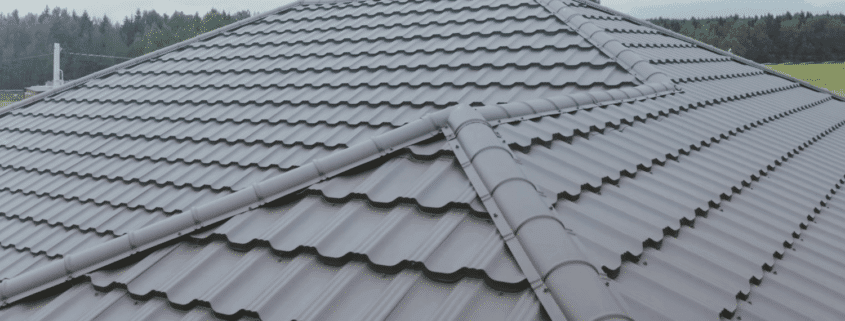
 Residential Roofing
Residential Roofing Storm Damage
Storm Damage Multi-Family Homes
Multi-Family Homes
